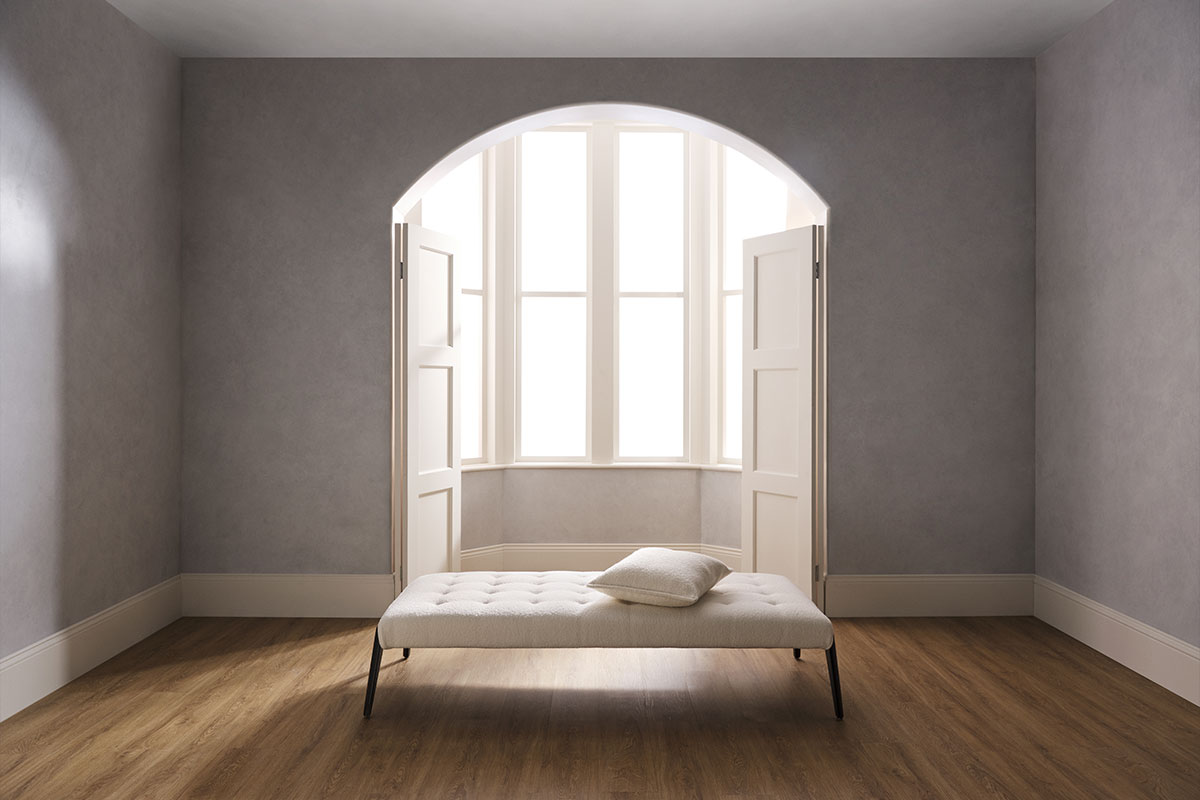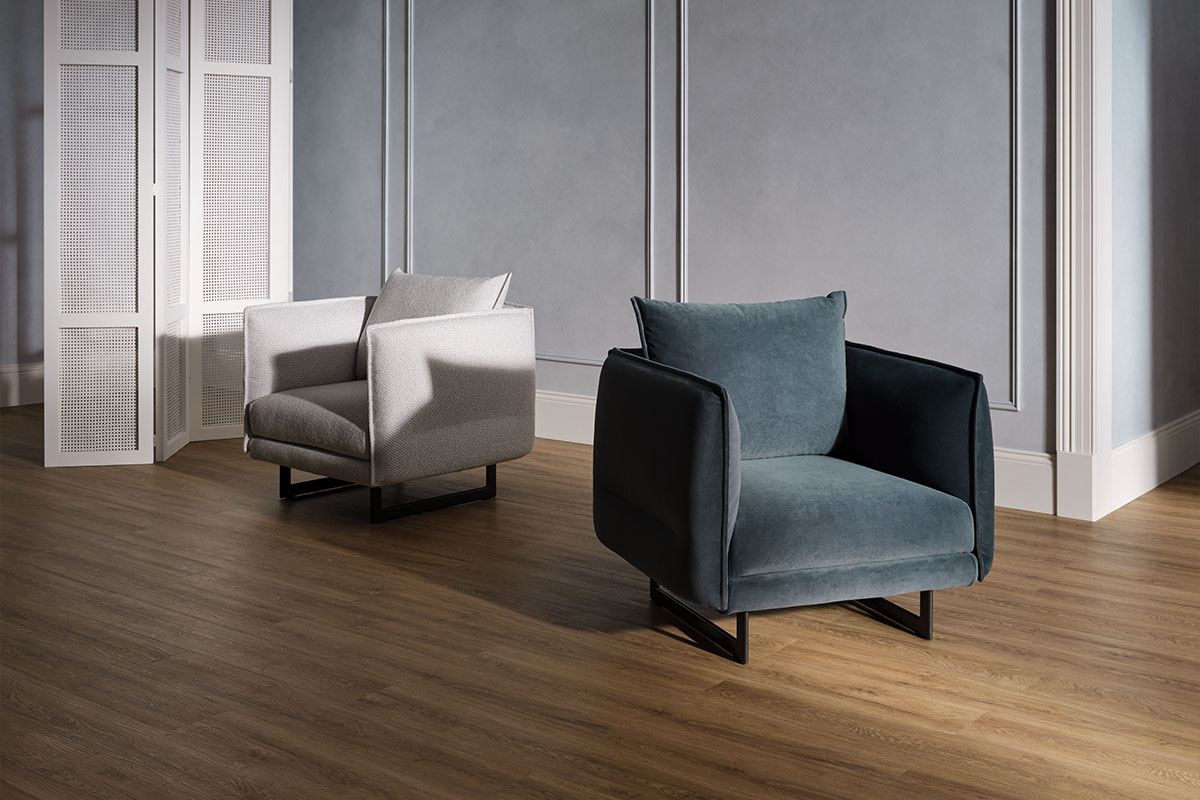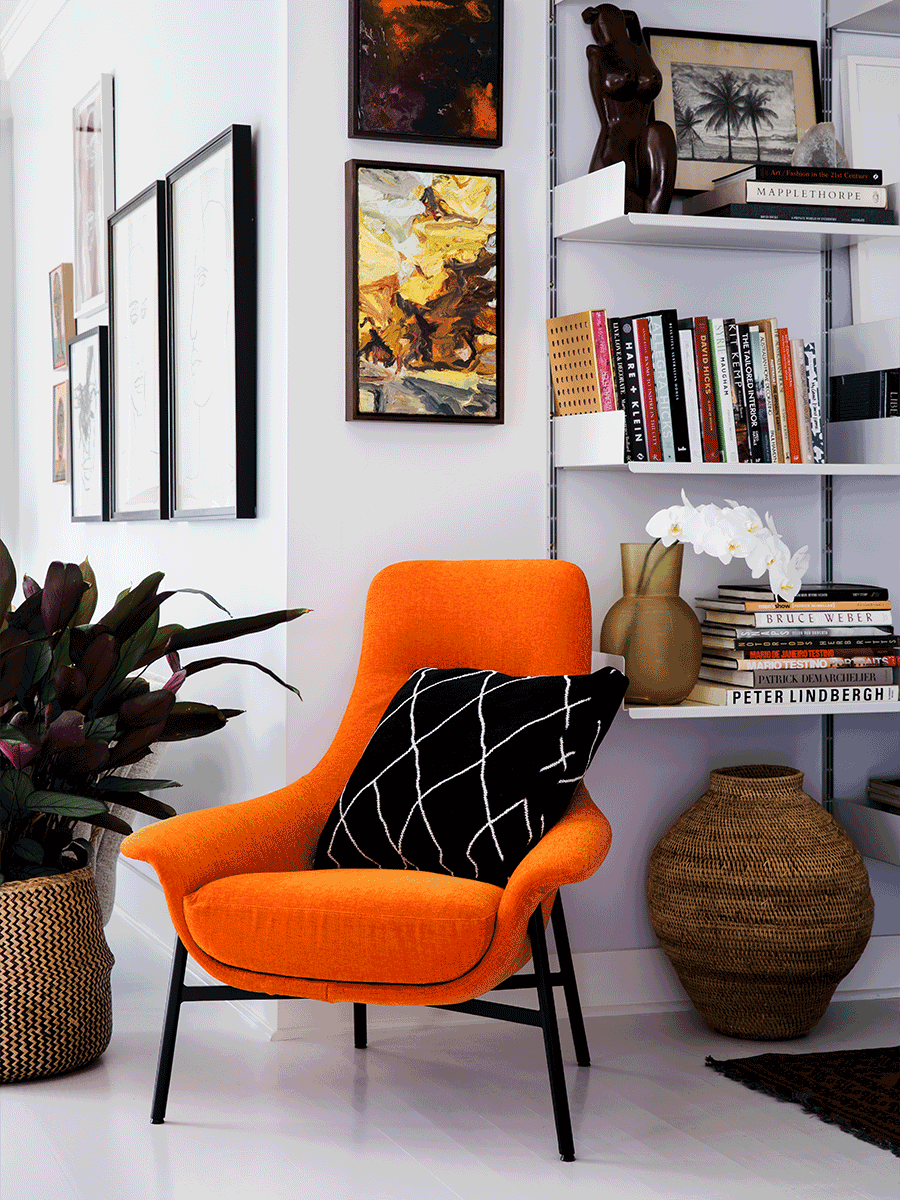Neale Whitaker: Occasional furniture styling for individuality and function

The passing of Queen Elizabeth II might seem an odd place to start, but in a recent radio interview, I was asked how her reign might be remembered in terms of architecture and design.
To paraphrase my own response, I described it as an era of unprecedented change. Unlike previous eras named for monarchs (Tudor, Georgian, Regency), the era of the late Queen - by its sheer longevity - is almost impossible to define.
How do you place a building or an interior from the 50s or 60s alongside those of today?
And let’s not forget the design revolutions of the 70s and 80s that also occurred on the Queen’s watch. Enough changes in style and culture to fill several encyclopaedias. If encyclopaedias were still a thing, that is.

Occasional pieces no longer conform and match
I mention all this because I grew up in an era where conformity was everything. Despite the way the decade is often represented, the last thing anyone really wanted in a 70s home was individuality.
It was all about the three-piece suite, a sofa and matching armchairs that - especially if they happened to be in the ‘good room’ - might even retain their plastic covering against unwanted spills of instant coffee, cooking sherry or Martini Rosso. Fast forward five decades or so, and while three-piece suites definitely still exist, our attitude towards them - and our homes - has changed immeasurably.
Where once were very separate living and dining rooms (and if we were lucky, those aforementioned ‘good rooms’ reserved for formal, child-free entertaining), we're now most likely to find open-plan living spaces or ‘zones’ defined with occasional pieces - the ‘hero’ items we read about in home magazines or hear TV judges like me talk about on The Block. Chairs, lamps, rugs, pendants, tables or ottomans that help define and add character to a space.
Thankfully, we’ve lost our preference for matching. Where matchy-matchy was once the goal, these days it’s to be avoided at all costs. Contemporary interiors tend towards contrast and layering, and we’re becoming more relaxed about the way we combine furniture, colours and fabrics.
Today we’re likely to choose a sofa and add chairs or ottomans that will complement it without actually matching. We may even decide to use a contrast material like leather. It’s not the way our parents or grandparents did it, but it works for us.

Opt for contrasting colours
In our home on the NSW south coast, my partner David and I have paired KING’s Zaza Sofa in a neutral fabric (Olley Confetti) with a Seymour Mid Chair in a vibrant orange. Not only is the contrast (some might say clash) in colours deliberate, but so is the juxtaposition of the sofa’s clean, geometric lines with the sinuous curves of the chair.
In our master bedroom, we’ve teamed our Serenade bed with the cylindrical, Deco-inspired Oliver Tub Chair in a pale wool boucle. It sits perfectly against a floor-to-ceiling mirror, an antique Oriental chest and a treasured lamp gifted by American interior designer Kelly Wearstler. Name-dropper? Me?
And in our newly-built guesthouse, we will combine an antique sofa with KING’s curvaceous Fleur Armchair in Preston Fern velvet. It’s a contrast that excites us and one that will add richness and depth to an interior designed to mirror the guesthouse’s country surrounds.

Combine function with individuality
The best occasional pieces combine functionality with visual interest and individuality.
Increasingly, we’re seeing ottomans or daybeds replace the traditional third chair in living spaces. Not only can these pieces add visual impact, but also an element of practicality.
When not required for seating, ottomans and daybeds (I’ve always loved the clean, mid-century lines of KING’s Cassia) can double as coffee tables or surfaces for books and magazines.
Organic-shaped ottomans like KING’s Crescent and Lode, or the refined Fleur Ottoman combine comfort, functionality and aesthetics - sculptural pieces that will draw the eye whilst softening straight lines.
Choose a statement piece
Many of you reading this know me well by now. I’m not a great believer in house rules. But there are a few things to keep in mind when choosing occasional pieces.
Remember not everything needs to shout ‘look at me.’ One bold statement piece (like our orange Seymour, for example) is usually enough. That’s not to say you can’t continue to layer and contrast, but add neutral tones, shades or patterns.
Think too about what you will require of your occasional chair. Is it a purely aesthetic choice or a functional one? Will it need to be sat on and if so, how often? If the oh-so-comfy sofa is occupied and you’re the one who’s settling down to watch a movie in the occasional chair, you want it to be comfortable. It’s a chair, not a penance.
Don't forget the Outdoors
And don’t forget, occasional pieces work just as well in the great outdoors.
I’m thinking of the two Luna Outdoor chairs - designed for KING by Charles Wilson - that sit so elegantly on the corner of our veranda.
You could be forgiven for saying they don’t go with anything else, because indeed they don’t. And that’s the whole point.

























